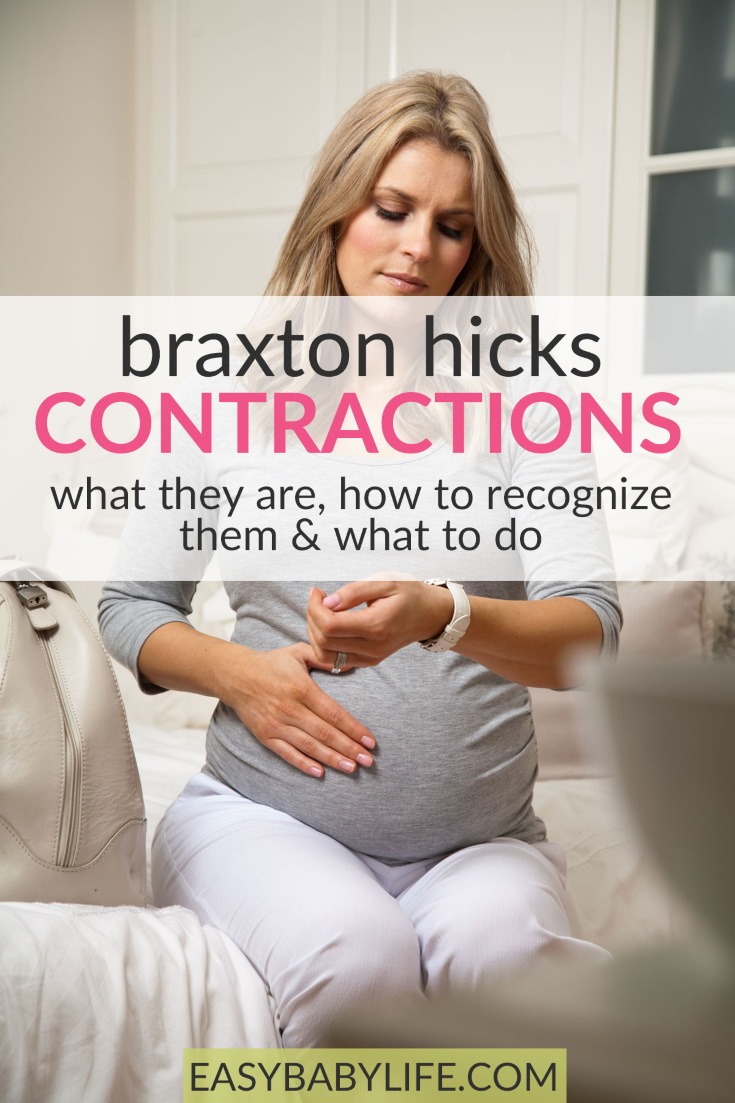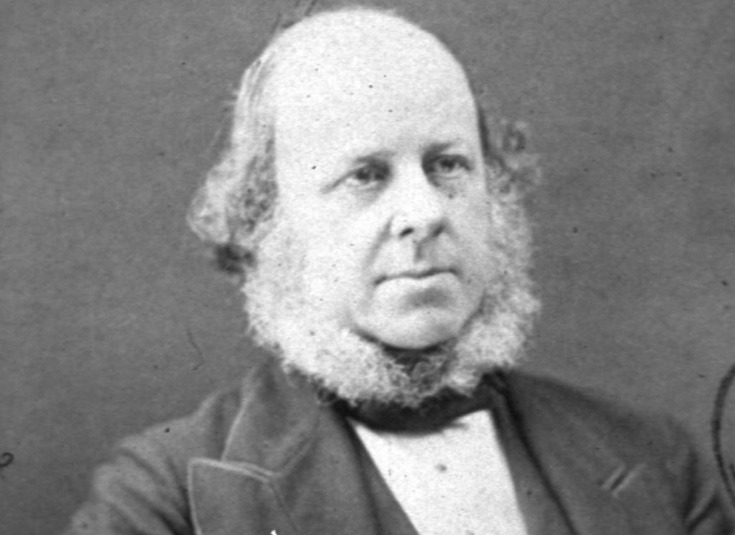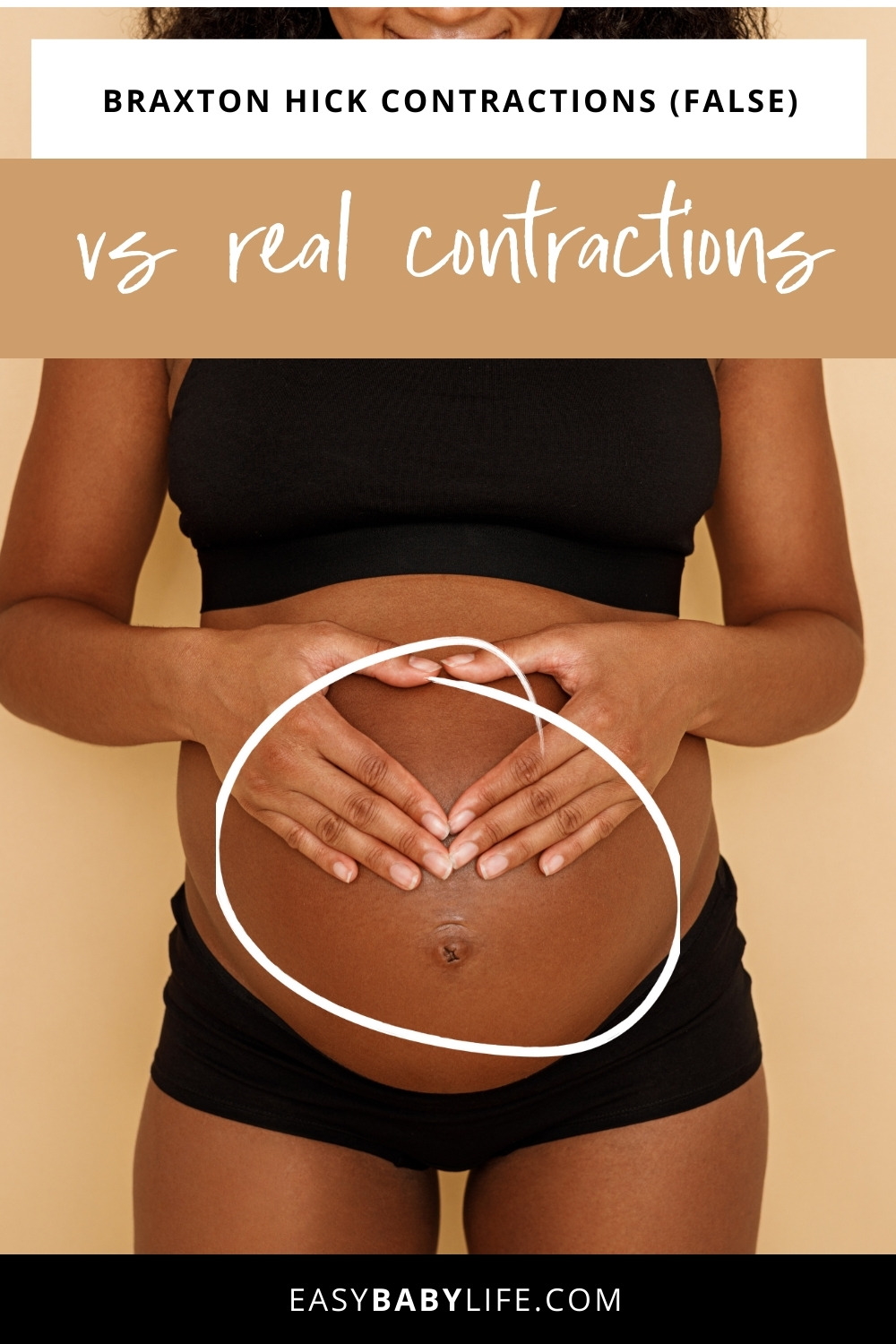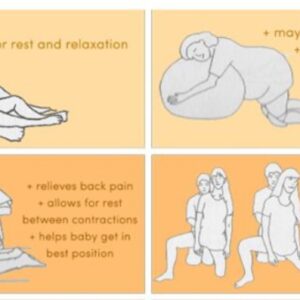Learn how to separate so-called Braxton Hicks contractions (false contractions) from real labor. Here’s how they feel, what they do and when to worry.

During my first successful pregnancy (after one miscarriage), I heard about Braxton Hicks contractions, but I never got to experience them. I thought I did, but it turned out to be real contractions in pregnancy week 26.
I almost gave birth due to not knowing the difference. Only bed rest and heavy medications kept the baby in my womb until week 37.
Ever since then, I have told so many moms to learn what Braxton Hicks contractions really are and how to separate them from contractions that mean that labor has actually started.
Don’t worry, I’ll explain it all to you here!
All About Braxton Hicks Contractions
In this article…
- Where did the name Braxton Hicks come from?
- So what are Braxton Hicks contractions?
- When do Braxton Hicks contractions start and do all women experience them?
- Braxton Hicks vs real contractions
- What may trigger Braxton Hicks contractions?
- What to do when they come
- Can Braxton Hicks contractions wake you up at night?
- How is my baby affected by Braxton Hicks contractions?
- How long do these false contractions usually last and how many is normal?
- Do Braxton Hicks contractions turn into real contractions?
- Can Braxton Hicks contractions be extremely painful?
- Do false contractions show up on the monitor?
- What else could this be other than Braxton Hicks contractions or true labor?
- When to call the doctor or midwife
Where did the name braxton hicks come from?
Braxton Hicks contractions is a really weird name! Why aren’t they simply called false contractions or preparation contractions; because that is what they really are.
I just had to find out who these Braxton and Hicks are. (Let me guess – men?)
Quick research and yes, of course, a man gets to carry the name for these practice contractions.

In 1872 a doctor with the name John Braxton Hicks (photo above) first described these contractions officially and hence got to have them named after him. Obviously he didn’t really discover them; women must have known about them for thousands of years. It would have been very interesting to hear what they were called in older cultures, but I haven’t been able to find any documentation on that.
So we’ll just have to bear with this strange name. They are called false labor contractions or practice contractions sometimes.
So what are Braxton Hicks contractions?
Braxton Hicks contractions are practice contractions and are not a sign that labor is near. They are a normal occurrence. Although they may be uncomfortable, they are usually not painful.
Simply put, these contractions don’t lead to birth. While no one knows for sure why they occur, a theory is that it is your uterus muscle carrying out its own training program, meant to tone the muscle in preparation for the actual birthing.
Another theory is that these contractions contribute to softening the cervix (but not dilating it). They may also have a role in facilitating blood flow to the placenta.
When do Braxton Hicks Contractions start and do all Women Experience Them?
According to research, Braxton Hicks contractions will start as early as when 12 weeks pregnant, or even earlier (according to some sources).
Braxton Hicks contractions are present in all pregnancies. However, some women aren’t aware of them happening, meaning they never actually feel them, especially during the first pregnancy.
Of those who are aware of Braxton Hicks contractions when they occur, some may feel them already in the second trimester, while most don’t feel them until the third trimester. If this is not your first pregnancy, you may start to feel Braxton Hicks contractions earlier or more often.
As the pregnancy progresses, these contractions usually increase in frequency and intensity.
Braxton Hicks vs real contractions
Learning to separate Braxton Hicks contractions from real labor contractions is really important. I know some websites will tell you not to worry before pregnancy week 37, but I couldn’t agree less, based on my own experience. Preterm labor does happen.
Braxton Hicks contractions are:
- Can be uncomfortable but are usually not painful
- Irregular and infrequent
- Usually last around 30 seconds, but can last as long as 2 minutes (irregular in pattern and timing)
- May stop with a position change or with a change in activity level
- Are felt in the front of your belly
- Will disappear over time even if you do not rest
- May increase in frequency and duration near the end of pregnancy
- Don’t result in opening and thinning of your cervix
Real labor contractions:
- Usually painful (but not necessarily, at least in the beginning)
- Become regular
- Increase in frequency and intensity over time
- Get closer together and become longer over time
- Last between 30 and 90 seconds
- Are felt in your cervix, belly, or lower back
- Continue even if you rest or change positions
- May become even worse when you walk or switch positions
So, even if the pain level may not guide you, regularity and whether the contractions keep going, even if you head for the sofa or bed, will likely give you a clue.
What may trigger Braxton Hicks Contractions?
There are some known triggers of Braxton Hicks contractions, although they can come anytime. However, intercourse, exercising or lifting something, dehydration, full bladder, kicks from your baby, and touching your belly are some known triggers.
What to do when they come
When these practice contractions start, it is really up to you whether to simply ignore them or try to make your uterus muscle calm down. These contractions are harmless and benign, so there are no reasons, from a health perspective, to try to mitigate them. But it can still be uncomfortable, of course.
If you want to try to mitigate the contractions try any of the following:
- Changing positions or activity level (if you were standing or moving around, lie down and rest; if you were resting, try standing up and moving around)
- Empty your bladder
- Stop touching your belly
- Drink some water or other liquid
- Take a warm bath and try to relax
If none of this works and the contractions don’t become weaker and disappear over time, or if they increase in frequency or intensity, contact your doctor.
Can Braxton Hicks Contractions Wake You Up at Night?
Although Braxton Hicks contractions are usually more uncomfortable than painful, this experience may differ for everyone. Some women report that they have experienced Braxton Hicks contractions that were painful and woke them up at night. If you are unsure whether the contractions are real or false just based on pain, pay attention to other signs as well. Or, if you are still unsure, you can always check with your doctor.
How is my baby affected by Braxton Hicks contractions?
Braxton Hicks contractions don’t harm the fetus and shouldn’t affect the baby in any way. But, on the other hand, as mentioned above, your baby can impact Braxton Hicks contractions and trigger them by their movements.
How long do these false contractions usually last and how many is normal?
Braxton Hicks contractions are irregular and unpredictable in duration and pattern. They usually last less than 30 seconds but may last up to 2 minutes.
The frequency of Braxton Hicks contractions may vary depending on the stage of pregnancy or different factors such as dehydration or activity level. According to some sources, they usually don’t happen more than once or twice an hour (until later in the pregnancy) and can occur a few times a day. Later in the pregnancy, you may experience these contractions more often.
Contact your doctor if you think you have too many Braxton Hicks contractions or aren’t sure whether you may actually be in early labor.
Do Braxton Hicks contractions turn into real contractions?
Braxton Hicks contractions won’t turn into real contractions as they don’t lead to labor. Real contractions will start when the labor really begins.
Can Braxton Hicks contractions be extremely painful?
Although Braxton Hicks contractions may be painful, they are never extremely painful. Even if there is pain, this pain weakens and soon goes away, whereas, with real contractions, the pain becomes more and more intense. It is also possible to ease or stop Braxton Hicks contractions with different methods (drinking water, changing position, etc.), which is not the case with true contractions.
Do false contractions show up on the monitor?
Braxton Hicks contractions can be picked up on CTG. However, unlike real contractions, they won’t be regular in timing and pattern.
What else could this be other than Braxton Hicks contractions or true labor?
There are other possible reasons for abdominal pain during pregnancy. Some of these are normal and not a cause for concern, while others may indicate a more serious condition.
Normal Reasons for Abdominal Pain During Pregnancy
Reasons for abdominal pain that shouldn’t worry you include round ligament pain or a feeling of sharp, shooting pain in the lower abdominal or groin area, which can happen on one or both sides. Furthermore, the pain may be due to excess gas due to higher progesterone levels during pregnancy.
Another reason may be constipation.
Abnormal Reasons for Abdominal Pain During Pregnancy
However, there are some situations where abdominal pain may signify a more serious condition requiring immediate medical attention, such as a urinary tract infection, placental abruption, preeclampsia, or ectopic pregnancy.
In urinary tract infection, the pain and discomfort in the lower abdomen are accompanied by a burning sensation during urination.
Placental abruption can be recognized by an intense, constant pain that causes the uterus to become hard during extended periods without relief.
Preeclampsia usually starts after 20 weeks of pregnancy. Its main symptoms are high blood pressure and protein in the urine, while the pain associated with it happens in the upper abdominal area, usually under the ribs on the right side. Other symptoms of preeclampsia include severe headache, vision problems, and swollen feet, hands, and face. (Here’s a birth story from a mom with preeclampsia.)
Ectopic pregnancy happens when the egg implants someplace other than the uterus, usually in the fallopian tube. In this case, abdominal pain and bleeding usually appear between 4 and 12 weeks of pregnancy. You may also experience pain in the tip of your shoulder, neck, or rectum, discomfort when going to the toilet, dizziness, and weakness.
Miscarriage is another possibility early in pregnancy.
There can be other reasons as well, so again, talk to your doctor or midwife if you are the least bit worried.
When to call the doctor or midwife
If you are not sure whether the contractions are harmless or actual labor contractions, do not hesitate to call your doctor or midwife for consultation. Most likely, they will be able to figure out what type of contractions you are having, and if not, you will probably be asked to go in for a checkup.
Also, if you are less than 38 weeks pregnant and the contractions are accompanied by bleeding, pelvic downward pressure, vaginal discharge, or abdominal pain, you should certainly see a doctor or midwife.
Finally, if you experience more than four contractions per hour or have strong contractions every 5 minutes, it is also a good idea to discuss it with your healthcare provider.
These symptoms may mean that you may be having real labor contractions. And even if premature survival rates are really good even early on, premature labor should be avoided if at all possible.
Since Braxton Hicks contractions can be painful and real contractions can be more or less painless, at least in the beginning, don’t be ashamed if you need help to figure out what your belly is up to.
In any stage of pregnancy, it is important to contact your doctor if:
- you notice that the fetal movements slowed down or stopped
- you have persistent pain in your abdomen
- you experience vaginal bleeding
- you experience constant fluid leaks, or if your water breaks
- you feel very unwell in general
Video Recap
So, this might have been a lot to take in! The most important takeaways are included in the video below.
Good luck with your pregnancy!
Read Next
- Real birth stories shared by our readers
- Your pregnancy week by week
- 4 reasons giving birth hurts so much and how to reduce the labor pains
References
- MacKinnon K, McIntyre M, “From Braxton Hicks to preterm labour: the constitution of risk in pregnancy“, Can J Nurs Res 2006 Jun; 38(2):56-72.
- Hill WC, Lambertz EL, Let’s get rid of the term “Braxton Hicks contractions”, Obstet Gynecol 1990 Apr; 75(4):709-10.
Dunn PM (1999). “John Braxton Hicks (1823-97) and painless uterine contractions”. Arch. Dis. Child. Fetal Neonatal Ed. 81 (2): F157 - Cleveland Clinic. (n.d.). Braxton Hicks contractions.
- Cleveland Clinic. (n.d.). Ectopic Pregnancy.
- NHS. (2021, June 20). Stomach pain in pregnancy
- Raines, D. A. & Cooper, D. B. (2022, August 8). Braxton Hicks contractions.
Have you experienced false contractions? Share your experiences and tips below to help other pregnant moms!

Paula Dennholt founded Easy Baby Life in 2006 and has been a passionate parenting and pregnancy writer since then. Her parenting approach and writing are based on studies in cognitive-behavioral models and therapy for children and her experience as a mother and stepmother. Life as a parent has convinced her of how crucial it is to put relationships before rules. She strongly believes in positive parenting and a science-based approach.
Paula cooperates with a team of pediatricians who assist in reviewing and writing articles.







